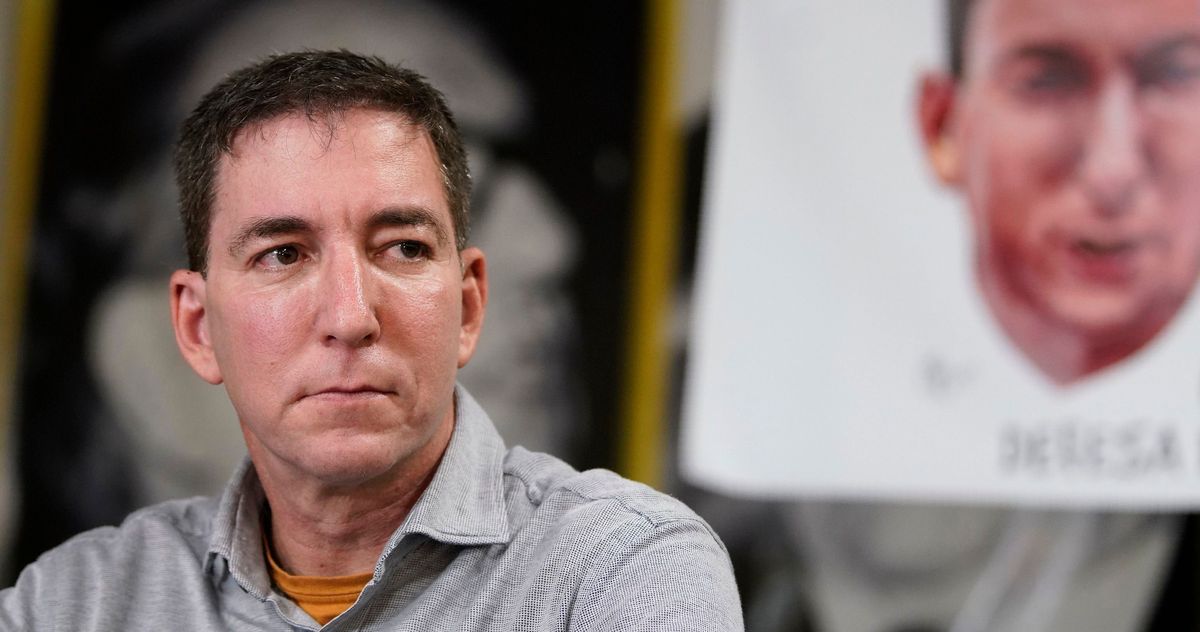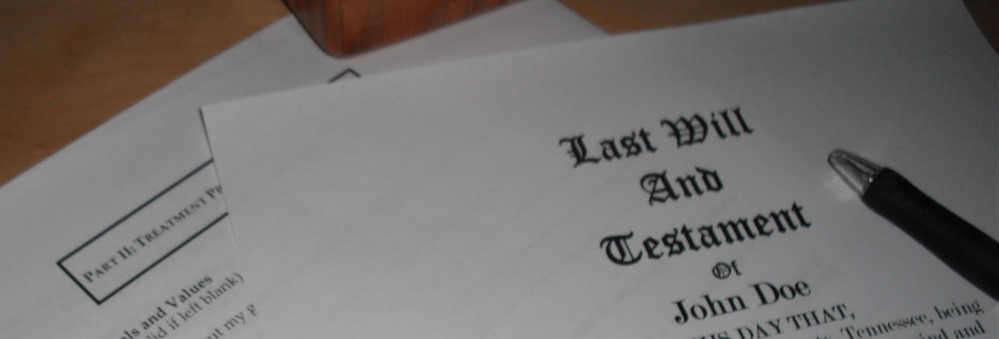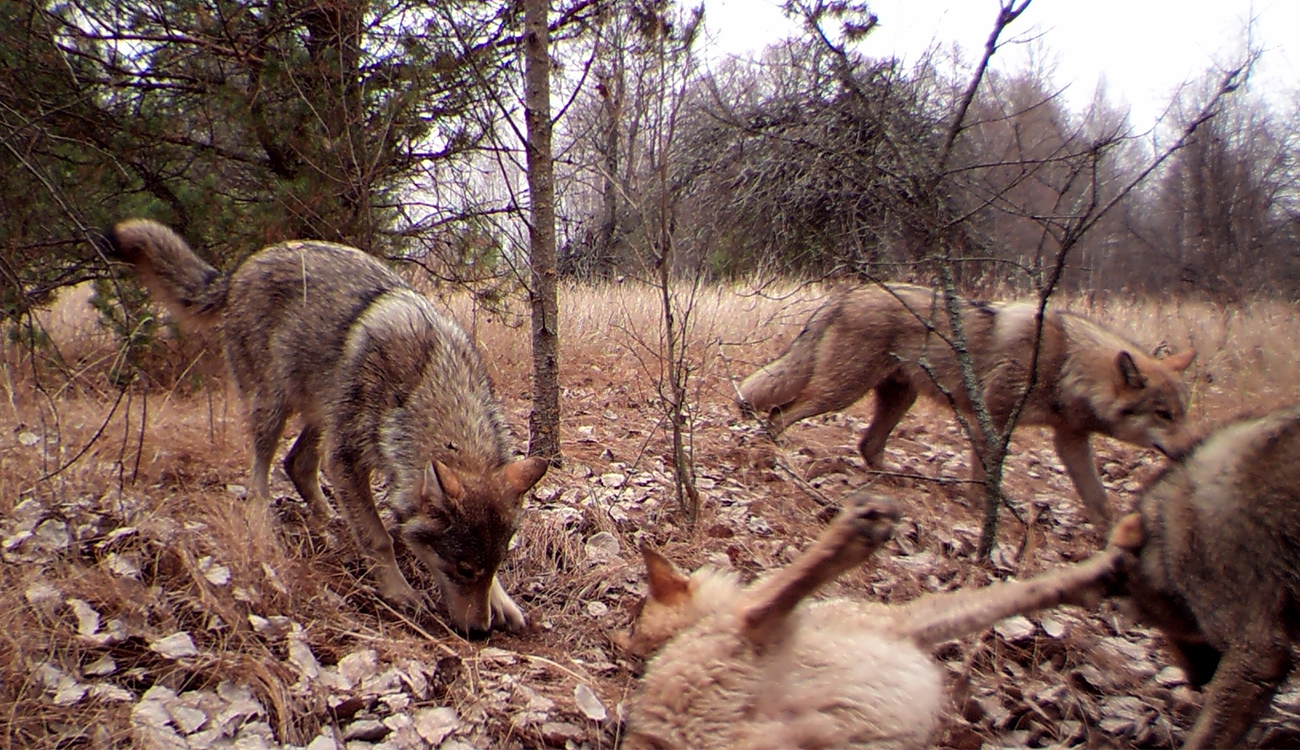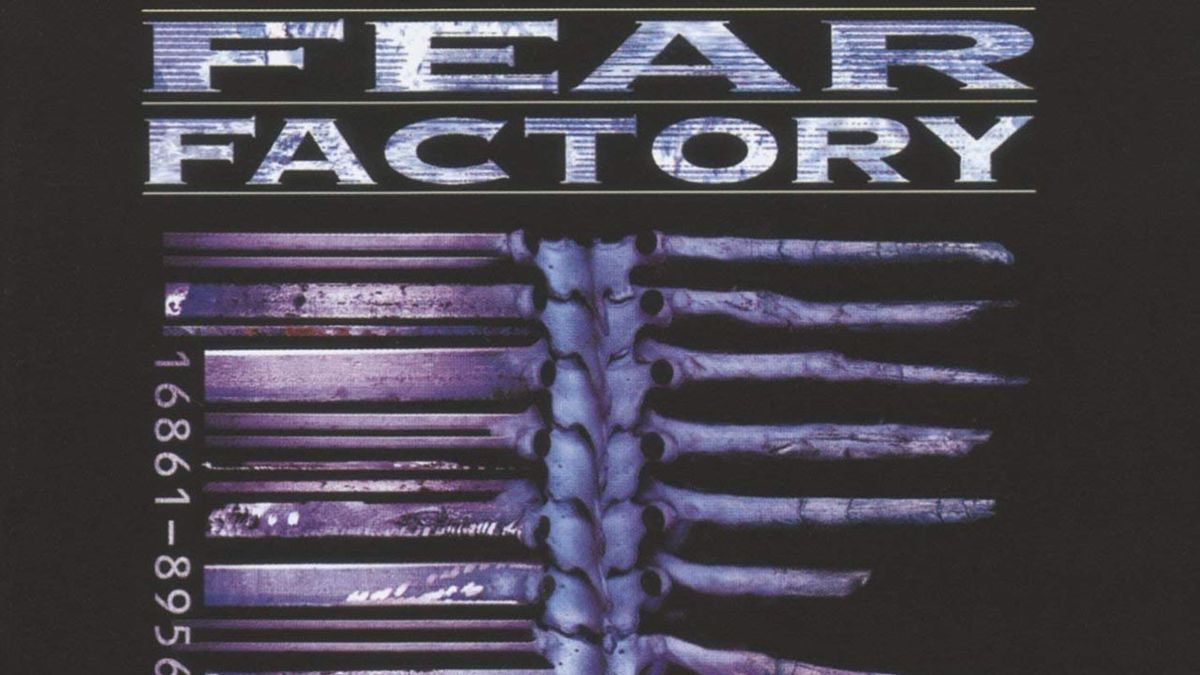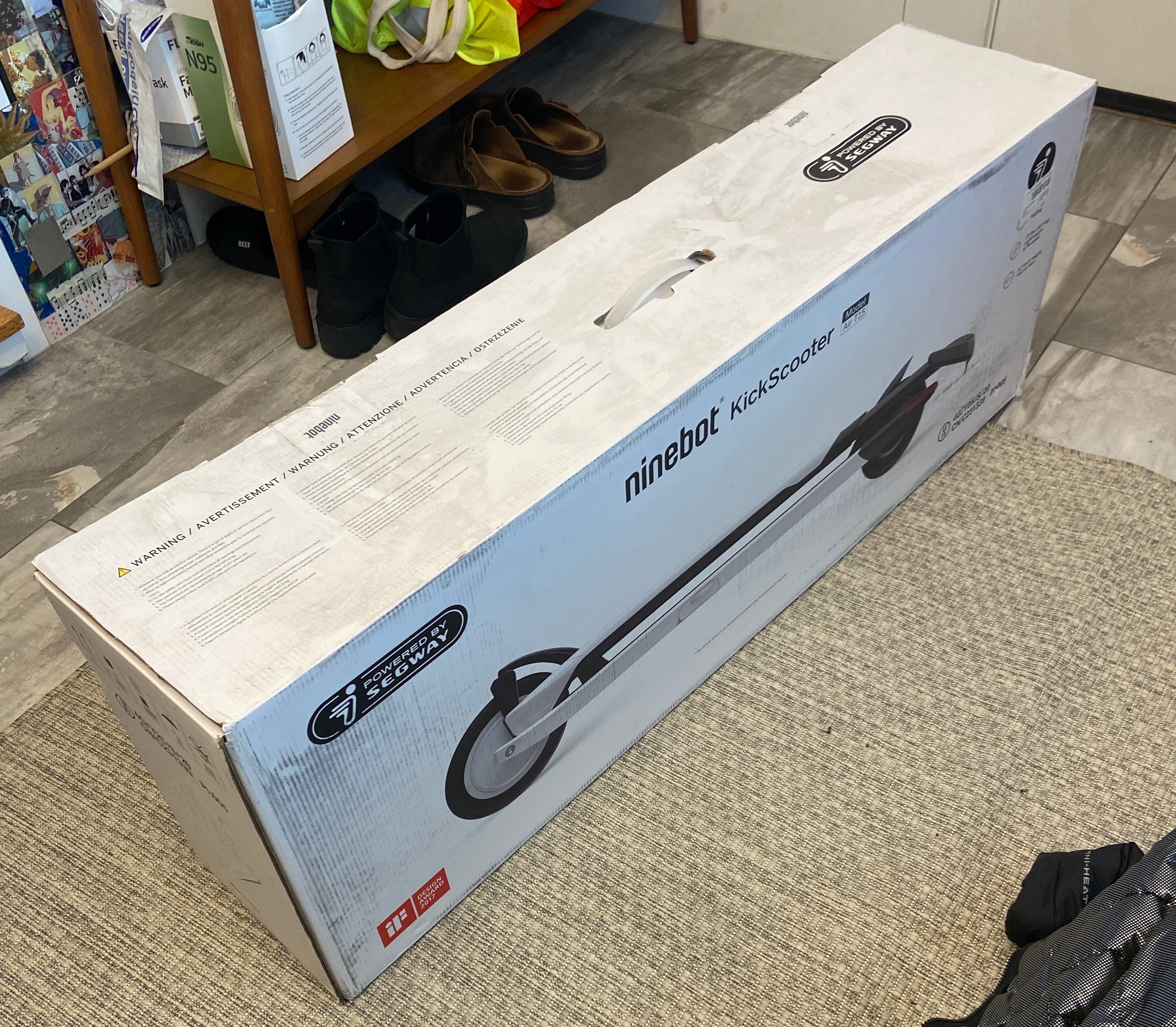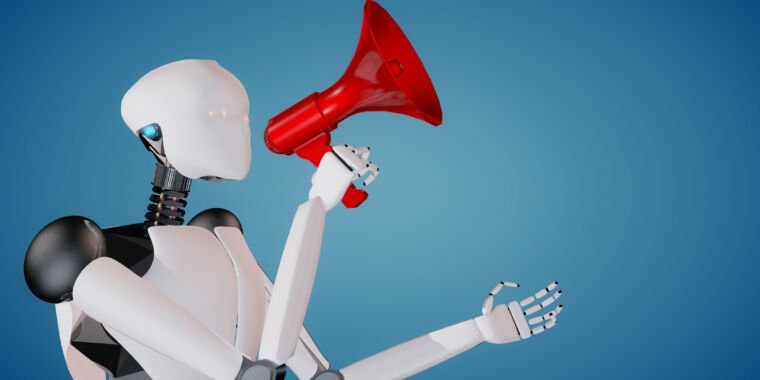
Archaeologists vs. Computers: A Study Tests Who’s Best at Sifting the Past
When it came to the tedious task of categorizing pottery fragments, a deep-learning model was found to be just as accurate, and far more efficient, as four human experts.
A key piece of an archaeologist’s job involves the tedious process of categorizing shards of pottery into subtypes. Ask archaeologists why they have put a fragment into a particular category and it’s often difficult for them to say what exactly had led them to that conclusion.
“It’s kind of like looking at a photograph of Elvis Presley and looking at a photo of an impersonator,” said Christian Downum, an anthropology professor at Northern Arizona University. “You know something is off with the impersonator, but it’s hard to specify why it’s not Elvis.”
But archaeologists have now demonstrated that it’s possible to program a computer to do this critical part of their job as well as they can. In a study published in the June issue of The Journal of Archaeological Science, researchers reported that a deep-learning model sorted images of decorated shards as accurately — and occasionally more precisely — as four expert archaeologists did.
“It doesn’t hurt my feelings,” Dr. Downum, one of the study’s authors, said. Rather, he said, it should improve the field by freeing up time and replacing “the subjective and difficult-to-describe process of classification with a system that gives the same result every time.”


